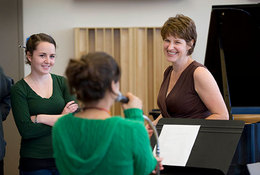 IUP’s Nursing and Allied Health programs are known to be VERY challenging.
IUP’s Nursing and Allied Health programs are known to be VERY challenging.
They take a very limited number of students, and students must have a high grade-point average to be accepted. There are very intensive practicums and internships in addition to classroom study.
Frankly, I’m completely okay with that. If one of these students is, someday, somewhere, going to be at the control of my ventilator or dosing out my meds, I WANT the program to be hard. I don’t want these students to be “good enough.” I want them to be excellent.
So, that said, there is a shortage of nurses, not just in Pennsylvania, but in the nation. Some of our nursing students have a great potential to be amazing nurses, but they may be struggling in a course. Wash them out? Not so fast, Susan Poorman, Nursing and Allied Health faculty member, says.
Educators need to rethink attitudes about struggling students.
“As educators, we often believe that struggling students are not really motivated. They don’t care about learning; they don’t come to the teacher for help or attend test reviews. But one thing we have learned from listening to our students’ stories is that, often, they are not unconcerned but are immobilized. They just don’t know what to do to fix the problem,” Dr. Poorman wrote in a recent issue of Nursing Education Perspectives.
“Knowing this, I do not wait for students to come to me. I try to reach out to them. I send them e-mails to make appointments for special study sessions, to help them prepare for upcoming exams. When I am able to empower students to believe that they can attack their academic problems and successfully resolve them, it is a magical and uplifting experience.”
Hoping to understand more about students who are academically at risk, Dr. Poorman and colleagues then conducted studies on the experiences of students who struggle academically and the experiences of teachers who work with these students.
They found that, while evaluation is a challenge, it’s essential when working with at-risk students.
“I have seen that sometimes, the student’s struggle is greater when we, as educators, are not effective evaluators. Unfortunately, teachers are often pressed for time. We devote most of our time to preparing for class, which leaves little time to prepare high-quality assessments of learning.”
Promising work for struggling students and, certainly, promising news for the needs of the health care industry.
Dr. Poorman is just one example of IUP’s outstanding faculty members, who truly go the extra mile to help students succeed. She is among the inaugural fellows in the National League for Nursing and owns a small educational consulting firm, STAT Nursing Consultants, Inc., which employs five master’s and doctorally prepared nurse educators. The group helps students to reduce their anxiety and enhance their thinking skills on tests. She also has served as the advisor to IUP’s chapter of the Student Nurses’ Association of Pennsylvania.

 IUP Psychology professor
IUP Psychology professor 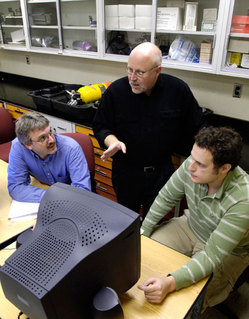
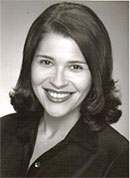 Okay, kind of an esoteric title. But a lot of times, the actual content of these academic papers is really intriguing and thought-provoking. When I read more on the
Okay, kind of an esoteric title. But a lot of times, the actual content of these academic papers is really intriguing and thought-provoking. When I read more on the 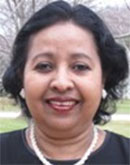 That’s why I felt that the results of a study by Parveen Ali, an assistant professor in
That’s why I felt that the results of a study by Parveen Ali, an assistant professor in  Over morning coffee, NPR listeners recently learned about eating habits that were discovered right here in Indiana, Pennsylvania. You can see the full story in
Over morning coffee, NPR listeners recently learned about eating habits that were discovered right here in Indiana, Pennsylvania. You can see the full story in 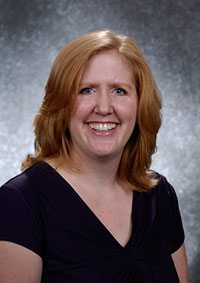 Criminology professor
Criminology professor 

